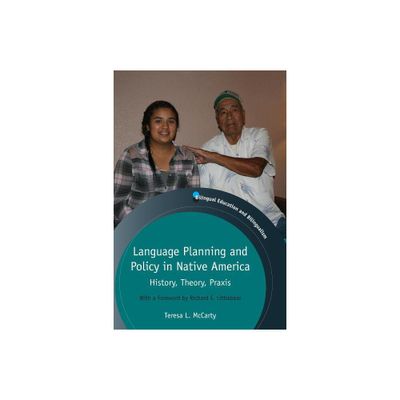Home
Native American Bilingual Education: An Ethnography of Powerful Forces
Loading Inventory...
Barnes and Noble
Native American Bilingual Education: An Ethnography of Powerful Forces
Current price: $104.99


Barnes and Noble
Native American Bilingual Education: An Ethnography of Powerful Forces
Current price: $104.99
Loading Inventory...
Size: Hardcover
*Product Information may vary - to confirm product availability, pricing, and additional information please contact Barnes and Noble
For over thirty years, a political and social battle over bilingual education raged in the U.S. and in and around the Crow Indian Reservation of Montana. This book, a period piece rich in political, historical, and local western context, is the story of language, education, inequality and power clashes between the dominant society and the Indian tribe as historical events unfolded.
This is a classic ethnography that documents eight years of the author’s day-to-day experience as a teacher, bilingual education coordinator, and central office administrator during the socio-political dispute. The author showcases the familial, linguistic, and ancestral place-based strengths of the Crow families that empowered children to succeed in school against the odds, providing a secure foundation for their future leadership within the tribe. In doing this, the author builds strong support for bridging Native and Euro-American philosophies within a bilingual framework.
This book is important reading for teachers, administrators, and policy-makers. It provides hope, ideas, and concrete actions for those who would engage in change management to improve learning environments and better serve diverse students.
This is a classic ethnography that documents eight years of the author’s day-to-day experience as a teacher, bilingual education coordinator, and central office administrator during the socio-political dispute. The author showcases the familial, linguistic, and ancestral place-based strengths of the Crow families that empowered children to succeed in school against the odds, providing a secure foundation for their future leadership within the tribe. In doing this, the author builds strong support for bridging Native and Euro-American philosophies within a bilingual framework.
This book is important reading for teachers, administrators, and policy-makers. It provides hope, ideas, and concrete actions for those who would engage in change management to improve learning environments and better serve diverse students.


















